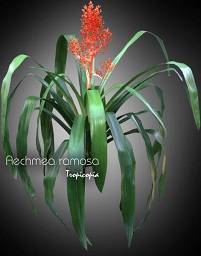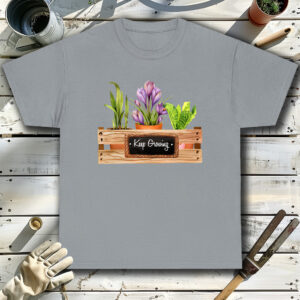Table of contents
Coral berry

Latin Name: Aechmea ramosa
Category: Bromeliad
Family: Bromeliaceae
Origin: Brazil
Climate: Subtropical
Growing Zones: 10
Care Instructions
The Coral berry (Aechmea ramosa) is a subtropical plant that originates from Brazil. This bromeliad plant belongs to the Bromeliaceae family and is well-suited for growing in USDA zones 10.
Complete Care Guide for Coral Berry (Aechmea ramosa)
Watering Requirements
The Coral Berry, or Aechmea ramosa, thrives in a humid environment, making its watering requirements quite specific. It is essential to keep the central rosette of the plant filled with water, as this is where the plant absorbs moisture. Water the plant thoroughly, allowing excess water to drain out of the pot. During the growing season, which typically spans from spring to summer, you should water the plant every 1-2 weeks, ensuring that the soil remains slightly moist but not soggy. In the winter months, reduce watering frequency to once every 2-3 weeks, as the plant enters a dormant phase. Always use room temperature water to avoid shocking the plant, and consider using distilled or rainwater to prevent mineral buildup from tap water.
Light Conditions
Coral Berry prefers bright, indirect light, which mimics its natural habitat in the understory of tropical forests. Direct sunlight can scorch the leaves, leading to brown tips and overall decline in health. Ideally, place your Aechmea ramosa near a window that receives filtered light or in a well-lit room where it can enjoy bright, indirect sunlight for most of the day. If you notice the plant stretching towards the light or the leaves losing their vibrant color, it may be a sign that it needs more light. Conversely, if the leaves start to fade or develop brown spots, consider moving it to a location with less direct sunlight.
Soil Preferences
The ideal soil for Coral Berry is a well-draining mix that retains some moisture without becoming waterlogged. A combination of potting soil, orchid bark, and perlite works well to provide the necessary drainage and aeration. This mix allows the roots to breathe while still holding enough moisture for the plant’s needs. Fertilization should be done sparingly; during the growing season, you can apply a diluted, balanced liquid fertilizer every 4-6 weeks. Avoid fertilizing during the winter months when the plant is dormant, as this can lead to nutrient buildup and root burn.
Pests and Diseases
Coral Berry is generally resilient but can be susceptible to common pests such as mealybugs, aphids, and spider mites. Regularly inspect the undersides of leaves and the central rosette for any signs of infestation. If you notice pests, treat them promptly with insecticidal soap or neem oil, ensuring to cover all affected areas. Additionally, watch for signs of root rot, which can occur if the plant is overwatered or if the soil does not drain well. Symptoms include yellowing leaves and a mushy base. To prevent root rot, ensure proper watering practices and use a well-draining soil mix.
Special Care Tips
To keep your Coral Berry healthy and thriving, consider the following special care tips: First, maintain humidity levels around the plant, as it thrives in a humid environment. You can achieve this by misting the leaves regularly or placing a humidity tray filled with water and pebbles beneath the pot. Additionally, avoid letting water sit in the rosette for extended periods, as this can lead to rot. Instead, change the water weekly to keep it fresh. Lastly, consider repotting your Aechmea ramosa every couple of years to refresh the soil and provide more space for growth. This will help ensure that the plant remains healthy and vibrant for years to come.








